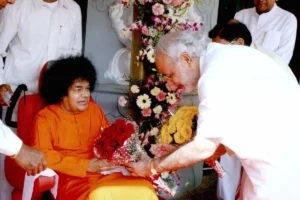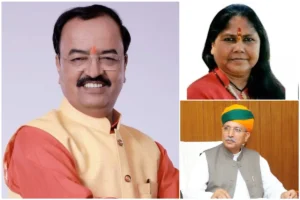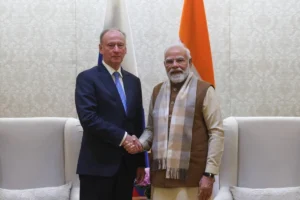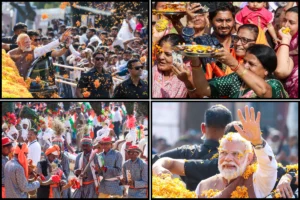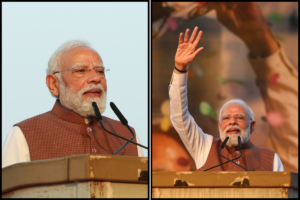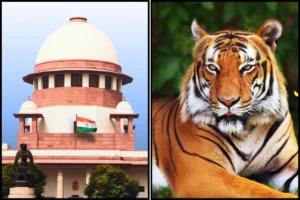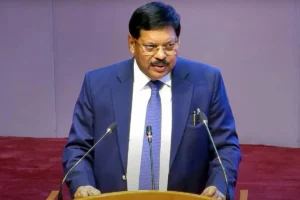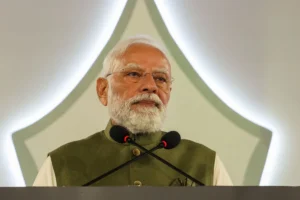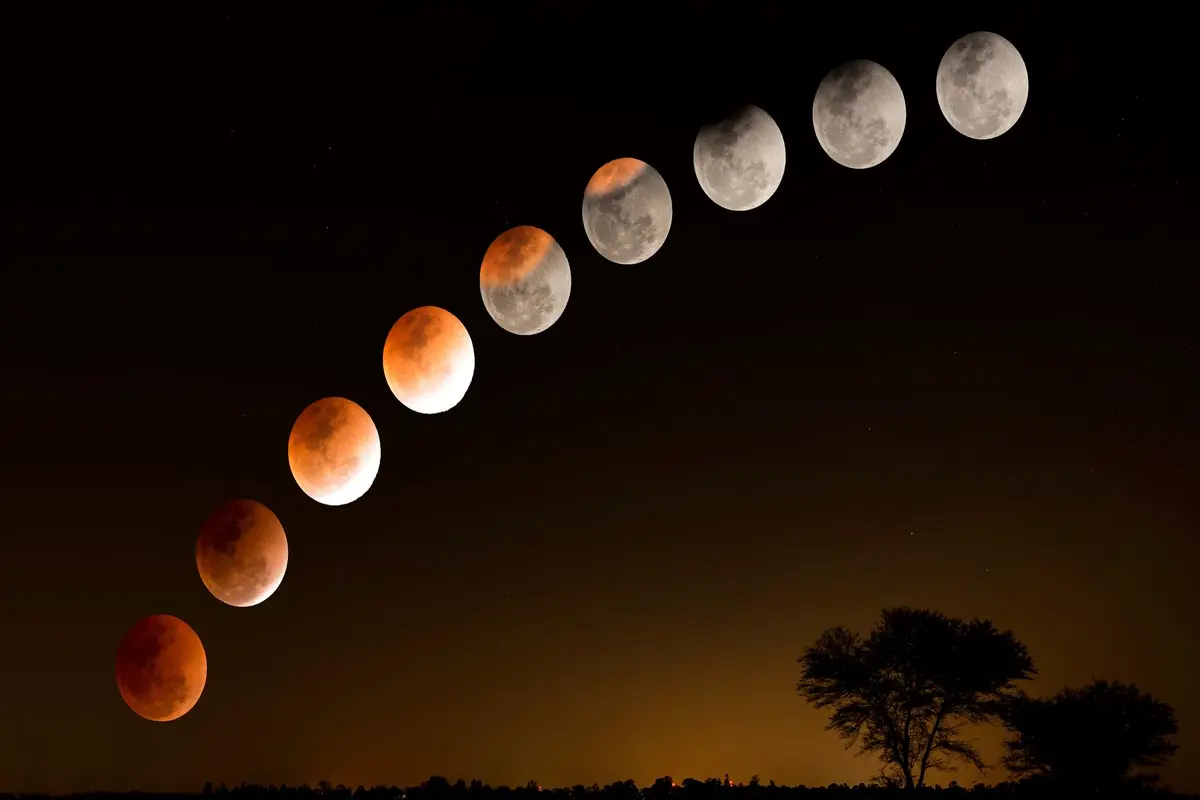
A partial lunar eclipse will be visible tonight across India, Asia, Europe, Africa, and Russia.
According to astrophysicist Debi Prasad Duari, the celestial phenomenon would last until the early hours of October 29.
On Saturday night, people in West Bengal will celebrate Laksmi puja.
In an interview with PTI, astrophysicist Duari stated, “There is going to be a partial lunar eclipse on the night of October 28 which can be experienced by people in India along with the entire Asia, Europe, Africa, and Russia. The eclipse will occur during late night of October 28 and will continue till the early hours of October 29”.
He stated that on October 28, the moon will be partially covered by the Earth’s shadow for a period of time, giving Indians the opportunity to witness a partial lunar eclipse.
A lunar eclipse is defined by two stages of the moon passing through the Earth’s shadow. The penumbral eclipse occurs when the moon enters a partially shaded region of the earth and remains partly lit.
“The change in brightness is not very much noticeable. After this phase moon will partially enter the actual dark part of the earth’s shadow which is termed an umbral lunar eclipse and is considered the actual eclipse by most people”, the astrophysicist continued.
The astrophysicist went on to say, “On October 28 night though the penumbral eclipse will start at around 11:31 pm Indian Standard Time (IST), but the partial Umbral eclipse, which is more noticeable, will start in the early hours of October 29, at around 1:05 am IST”.
“It will become maximum at around 1:44 am and will end by 2:23 am. The magnitude of the partial lunar eclipse will be around 0.12 marked by the maximum obscuration of the lunar disc”, the astrophysicist added.
On October 14 there was an annular solar eclipse which was largely seen in North and South America, when the ring of fire was visible throughout a vast portion of the western hemisphere.
“It occurred when it was night over India and Asia and could not be experienced by people in this region. The day was a New Moon day and marked the beginning of Navratri, celebrated in major parts of India as the beginning of the Durga Puja Festival. In West Bengal and around it was the day of Mahalaya when people offered their prayers to their ancestors ushering in the most celebrated Durga Puja Festival”, the astrophysicist explained.
Also read: Centre Forecasts 3.79% Lower Kharif Rice Production At 106.31 Million Tonnes
To read more such news, download Bharat Express news apps








